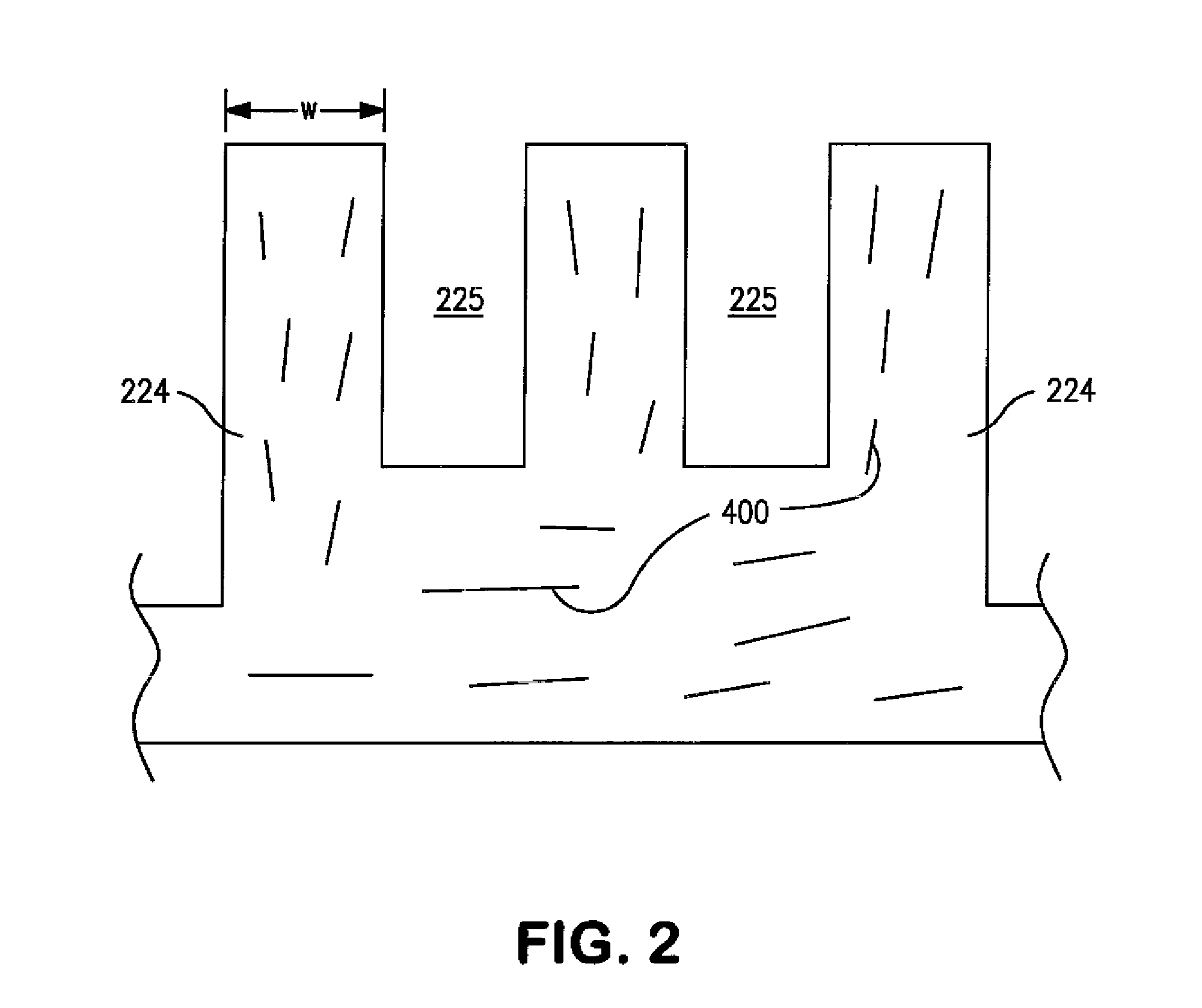Liquid Crystalline Polymer Composition for High Voltage Electronic Components
a technology of liquid crystalline polymer and electronic components, applied in the direction of plastic/resin/waxes insulators, organic insulators, chemistry apparatus and processes, etc., can solve the problems of catastrophic cascade failure, poor electrical tracking properties, damage to electrical parts
- Summary
- Abstract
- Description
- Claims
- Application Information
AI Technical Summary
Benefits of technology
Problems solved by technology
Method used
Image
Examples
example 1
[0111]A sample (Sample 1) is formed from 63.4 wt. % of a liquid crystalline polymer, 18 wt. % glass fibers, 18 wt. % talc, 0.3 wt. % Glycolube™ P, 0.2 wt. % aluminum trihydrate, 0.1 wt. % 4,4′-biphenol, and 0.025 wt. % 2,6-naphthelene dicarboxylic acid. A control sample (Control Sample 1) is also formed from 63.7 wt. % of a liquid crystalline polymer, 18 wt. % glass fibers, 18 wt. % talc, and 0.3 wt. % Glycolube™ P. The liquid crystalline polymer in each of the samples is formed from HBA, HNA, TA, BP, and APAP, such as described in U.S. Pat. No. 5,508,374 to Lee, et al. The glass fibers are obtained from Owens Corning and have an initial length of 4 millimeters. Parts are injection molded from Sample 1 and Control Sample 1 and tested for CTI, thermal properties, and mechanical properties. The results are set forth below in Table 1
TABLE 1Sample 1Control Sample 1CTI200175Melt Viscosity at22361000 s−1 and 350° C. (Pa-s)Melt Viscosity at3350400 s−1 and 350° C. (Pa-s)DTUL @ 1.8 Mpa (° C....
example 2
[0112]A sample (Sample 2) is formed from 49.7 wt. % of a liquid crystalline polymer, 10 wt. % glass fibers, 15 wt. % talc, 25 wt. % titanium dioxide, 0.3 wt. % Glycolube™ P, 0.2 wt. % aluminum trihydrate, 0.1 wt. % 4,4′-biphenol, and 0.025 wt. % 2,6-naphthelene dicarboxylic acid. A control sample (Control Sample 2) is also formed from 50.0 wt. % of a liquid crystalline polymer, 10 wt. % glass fibers, 15 wt. % talc, 25 wt. % titanium dioxide, and 0.3 wt. % Glycolube™ P. The liquid crystalline polymer in each of the samples is formed from HBA, HNA, TA, BP, and APAP, such as described in U.S. Patent No. 5,508,374 to Lee, et al. The glass fibers are obtained from Owens Corning and have an initial length of 4 millimeters. Parts are injection molded from Sample 2 and Control Sample 2 and tested for CTI, thermal properties, and mechanical properties. The results are set forth below in Table 2.
TABLE 2Sample 2Control Sample 2CTI300225Melt Viscosity at30441000 s−1 and 350° C. (Pa-s)Melt Visco...
example 3
[0113]Seven samples (Samples 3-9) are formed from various percentages of a liquid crystalline polymer, glass fibers, talc, titanium dioxide, Glycolube™ P, aluminum trihydrate (“ATH”), 4,4′-biphenol (“BP”), and 2,6-naphthelene dicarboxylic acid (“NDA”) as set forth in Table 3 below,
TABLE 3Sample3456789Glycolube ™ P (wt. %)0.30.30.30.30.30.30.3LCP (wt. %)63.754.754.754.749.749.749.7Glass Fibers (wt. %)18101010101010ATH (wt. %)0.20.20.20.20.20.20.2BP (wt. %)0.10.10.10.10.10.10.1NDA (wt. %)0.0250.0250.0250.0250.0250.0250.025Talc (wt. %)18105—15105TiO2 (wt. %)—253035253035
[0114]The liquid crystalline polymer in each of the samples is formed from HBA, HNA, TA, BP, and APAP, such as described in U.S. Pat. No. 5,508,374 to Lee, et al. The glass fibers are obtained from Owens Corning and have an initial length of 4 millimeters. Parts are injection molded from the samples and tested for CTI, thermal properties, and mechanical properties. The results are set forth below in Table 4.
TABLE 4Sampl...
PUM
| Property | Measurement | Unit |
|---|---|---|
| Melt viscosity | aaaaa | aaaaa |
| Electric potential / voltage | aaaaa | aaaaa |
| Frequency | aaaaa | aaaaa |
Abstract
Description
Claims
Application Information
 Login to View More
Login to View More - R&D
- Intellectual Property
- Life Sciences
- Materials
- Tech Scout
- Unparalleled Data Quality
- Higher Quality Content
- 60% Fewer Hallucinations
Browse by: Latest US Patents, China's latest patents, Technical Efficacy Thesaurus, Application Domain, Technology Topic, Popular Technical Reports.
© 2025 PatSnap. All rights reserved.Legal|Privacy policy|Modern Slavery Act Transparency Statement|Sitemap|About US| Contact US: help@patsnap.com



